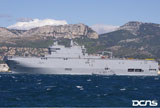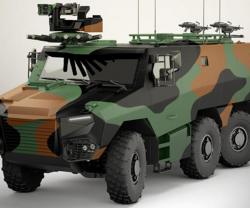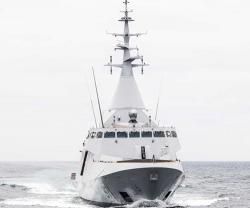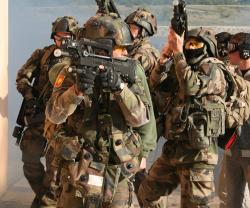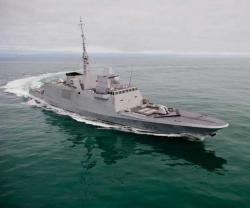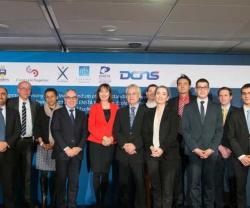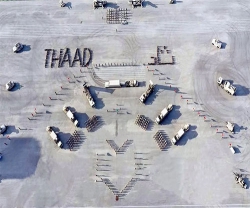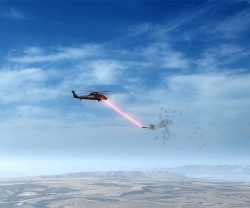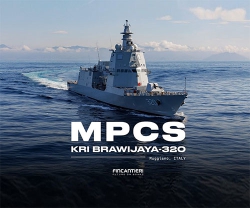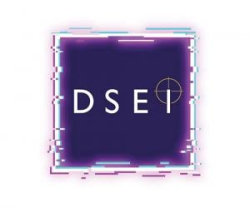This latest test campaign off Toulon is scheduled to last five days and will focus on the ship's communication, surveillance (3D radar), navigation and combat management systems. In this phase of the programme, DCNS' co-contractor STX will also conduct additional platform trials.
The new sea trials follow the tests conducted when the ship was first floated in April 2011 and when it sailed from Saint Nazaire to Toulon in July, which included platform trials and initial testing of the combat system.
BPC Dixmude left Toulon with a full French Navy crew of 170 people, a 30-strong team from DCNS, a team from STX and programme representatives from the DGA.
DCNS is conducting the trials with naval and air support - combat aircrafts, helicopters and other vessels - provided by the French Navy and DGA technical centres. DCNS centres are also providing the technical resources needed to ensure successful completion of the test campaign.
The BPC Dixmude is scheduled for delivery to the DGA in early 2012 and will enter service with the French Navy later in the year. The first two BPCs, Mistral and Tonnerre, were built by DCNS and Chantiers de l'Atlantique and delivered in 2006 and 2007 respectively.
With a length of 199 metres, a displacement of 21,500 tonnes and a speed of 19 knots, BPCs offer a global projection capability for troops and materiel including 450 troops and 16 heavy helicopters plus one of several options: two hovercraft, two new-generation EDA-R high-speed landing craft, four LCM-type landing craft or one-third of a mechanised regiment complete with armoured vehicles (representing a payload of 1,000 tonnes).
BPCs also offer ample capacity as hospital ships or for large-scale humanitarian missions. The design features electric propulsion using azimuth pods and high-level automation compatible with a complement of just 170. A high-performance communications suite, a 3D surveillance radar and a Senit 9 combat management system (CMS) make the type ideal as a naval force command vessel. BPC is a French acronym for Bâtiment de Projection et de Commandement
Source: Projection and Command Vessel

